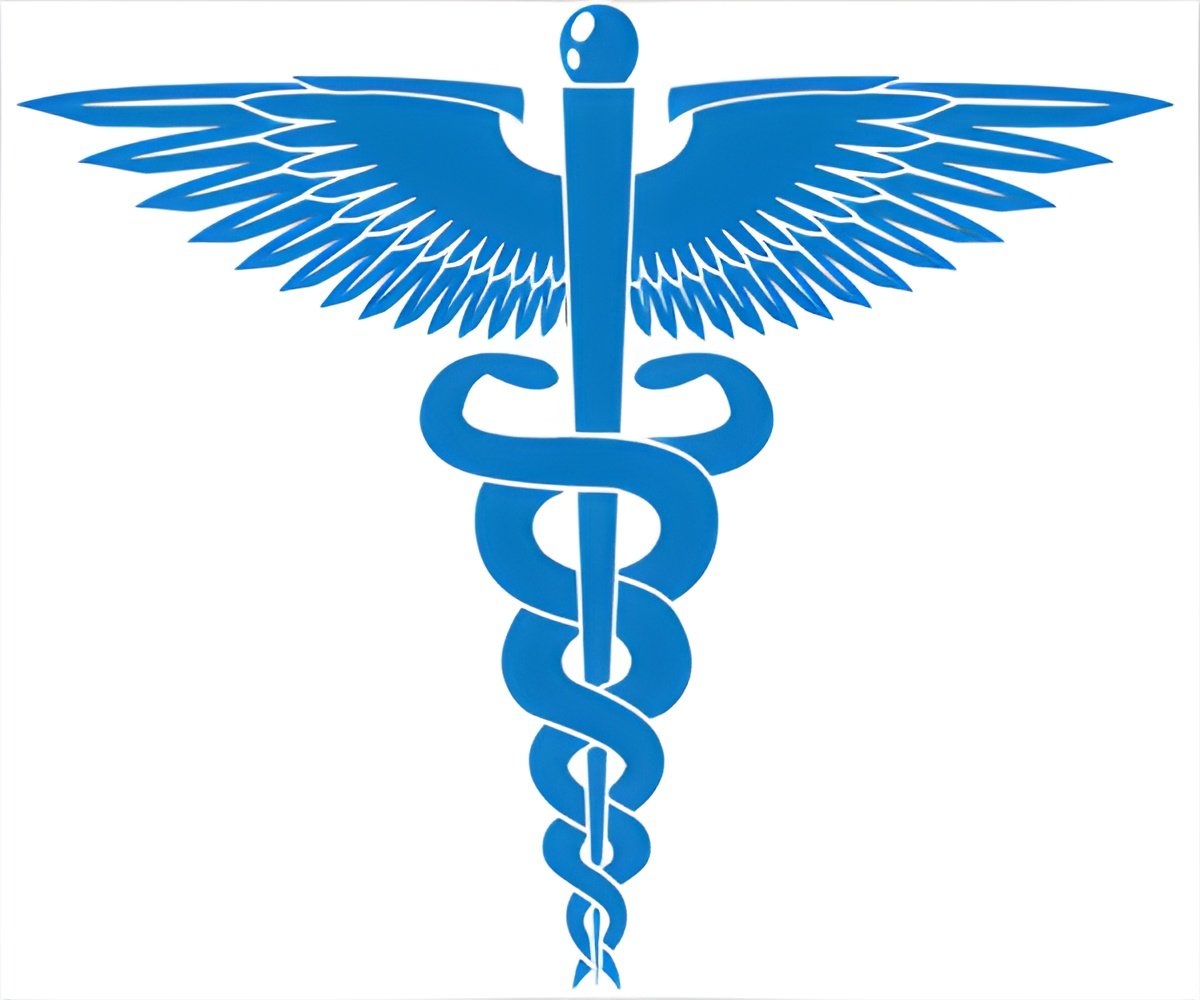Statistics reveal that specialized healthcare treatment in rural India is difficult, which has driven rising numbers of people to costlier private hospitals.

The Indian Public Health Standards prescribed by the Ministry of Health and Family Welfare in 2012 suggests that an ideal CHC is a 30-bedded hospital providing specialist care in medicine, obstetrics and gynecology, surgery, pediatrics, dental and Ayurveda, yoga and naturopathy, unani, siddha and homeopathy (AYUSH).
In the 2015 Union Budget, the government cut India's healthcare budget by 15%, a widely criticized move. The government recently announced it would raise the budget for healthcare, sanitation and child development programs and sought parliamentary approval. There is also an 83% shortage of surgeons in the CHCs across India. Arunachal Pradesh, Kerala, Manipur, Meghalaya and Tamil Nadu have no surgeons in their CHCs.
Then there is a 76% shortage of obstetricians and gynecologists in CHCs nationwide. According to the World Health Organization (WHO) India bears the world's greatest burden of maternal, newborn and child deaths. The infant mortality rate and maternal mortality ratio is high compared to other BRICS countries like Brazil, Russia, China and South Africa.
Such statistics mean that specialized healthcare treatment in rural India is difficult, which has driven rising numbers of people to costlier private hospitals. In rural India, 58% of hospitalized treatment was carried out in private hospitals, while in urban India the figure was 68%, according to the Key Indicators of Social Consumption on Health 2014 survey, carried out by National Sample Survey Office (NSSO).
For non-hospitalized treatment, 72% of health needs in rural areas were treated by the private sector, including private doctors, nursing homes and private hospitals and charitable institutions.
Advertisement










